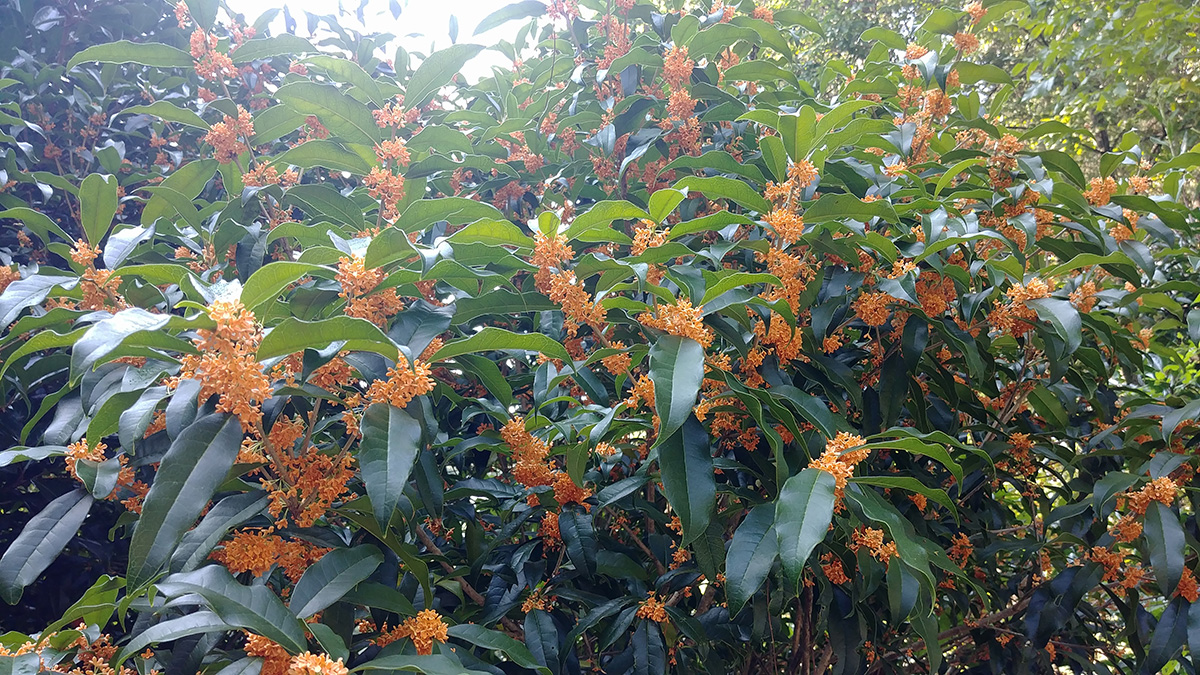Dr. Andy Pulte
-
Southeast Regional Reports
Guide to Growing Great Azaleas
One group of plants you can use to create a blooming bridge between spring and summer are azaleas (Rhododendron spp. and cvs., Zones 3–9). As one of the most popular…
-
Design
9 Fantastic Flowering Trees
While gardeners often extol the virtues of outstanding bark and winter interest, let’s not kid ourselves—flower power reigns supreme. A tree that is a stately focal point most of the…
-
How-To
4 Essential Tips for Pruning Flowering Trees
Pruning can be intimidating. Many of us fear making a mistake our plants won’t recover from. Overall, trees are resilient; with a little practice and know-how, any gardener should be…
-
Southeast Regional Reports
10 Bold Plants for Winter Interest in the Southeast
Without a doubt one of the best parts about gardening in the Southeast is winters that are temperate yet still bring seasonality to the garden. I’m grateful that we don’t…
-
Southeast Regional Reports
How to Grow Rosemary in the Southeast
I read recently that ancient Greece–inspired and Mediterranean décor was the next big thing in interior design. Perhaps many of you will feel inspired to add a marble bust to…
-
Southeast Regional Reports
The Current State of American Chestnut Tree Conservation
Several times a year someone sends me a photo of a tree they believe to be an American chestnut (Castanea dentata, Zones 4–8). Frequently what they actually have sent is…
-
Southeast Regional Reports
The Best Colocasias to Add Tropical Flair to Your Summer Garden
Most likely native to Southeast Asia, colocasia (Colocasia esculenta, Zones 7b–12) is used by many gardeners for its large, tropical-looking foliage. This plant also has a long history of being…
-
Southeast Regional Reports
Save Your Trees from Bagworms
Easily one of the most asked-about pests are bagworms. The evergreen bagworm (Thyridopteryx ephemeraeformis) is an insect that makes distinctive spindle-shaped bags during its larval stage. If left uncontrolled, larval…
-
Southeast Regional Reports
The Gibbs Gardens Shine in Spring
I was lucky enough to visit the Gibbs Gardens many years ago before they were fully open to the public. I was immediately struck by the meticulous maintenance the gardens…
-
Southeast Regional Reports
Plant a Succession of Unique Spring-Flowering Bulbs
Planting spring-flowering bulbs in fall is an easy way to bring joy to the garden in the following year. This group of plants brings with them tremendous excitement and early…















